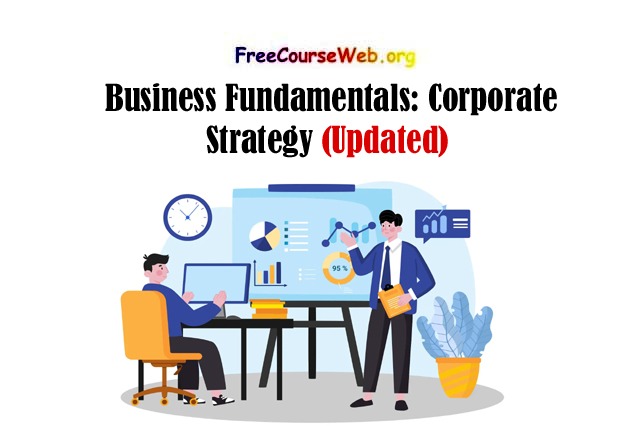Business Fundamentals: Grasp the Essential Elements for Achieving Success in the Business World

What you’ll learn: Business Fundamentals
- Perform industry analysis
- Execute competitor analysis
- Apply the Five Forces model
- Assess the bargaining power of suppliers and clients
- Understand the threat of substitute products and new industry entrants
- Apply Game theory in practice
- Study how competitors behave: Cooperation or Competition
- Focus on the way companies acquire a competitive advantage
- Study the three main competitive strategies: Cost leadership, Differentiation, and Niche
- Discuss the advantages of vertical and horizontal integration
- Learn how to perform a SWOT analysis in practice
Security Awareness Training Complete Video Course
Active Listening: You Can Be A Great Listener
Cross Cultural Communication: How To Flex Your Style
Unlock the secrets to successful business strategies with our comprehensive course! Whether you’re an aspiring entrepreneur, a business owner, an executive, or a student eager to set up a thriving venture, this course is designed for you. No prior business education required – we cater to all levels of expertise.
Explore essential disciplines, including Business Strategy, Management and Leadership, and Marketing Strategy. Gain in-depth insights into crucial concepts such as the industry lifecycle model, Porter’s five forces model, and game theory. Learn to navigate the bargaining power of buyers and clients, analyze threats from new entrants and substitute products, and understand the nuances of competitive advantage.
Discover the keys to optimal competitive strategies – whether it’s Cost Leadership, Differentiation, or Niche focus. Delve into the risks of hybrid strategies, make informed decisions about organic growth versus M&A, and grasp the distinctions between horizontal and vertical integration. Uncover the advantages and pitfalls of outsourcing and master the practical application of a SWOT analysis.
Our engaging course features real-life examples, ensuring a fun and easy-to-understand learning experience. Supplemental resources, including quiz questions, course notes, and PDF files, are provided to enhance your mastery of each topic.
Don’t miss out on this opportunity to elevate your business knowledge. Click the “Take this course” button and embark on a journey toward building a successful business venture!
This course caters to:
- Individuals aspiring to become entrepreneurs.
- Current business owners seeking to enhance their skills.
- Business executives aiming to refine their expertise.
- Business analysts looking to broaden their knowledge.
- Students interested in acquiring the know-how to establish a successful business venture.
Course Overview:
If your aspirations involve becoming a business owner or a corporate executive responsible for crucial business decisions, mastering three core disciplines is essential:
- Business Strategy
- Management and Leadership
- Marketing Strategy
There’s no way around it. While it’s feasible to be an entrepreneur or CEO with an engineering background, lacking an MBA or a business degree is acceptable. What’s not acceptable is proceeding without a solid understanding of:
- The industry lifecycle model and its four stages: Introduction, Growth, Maturity, and Decline
- Porter’s five forces model
- Bargaining power of buyers
- Bargaining power of clients
- Threat of new entrants
- Threat of substitute products
- Game theory
- The typical company lifecycle
- Understanding competitive advantage
- Choosing the optimal competitive strategy: Cost leadership, Differentiation, or Niche
- Recognizing the pitfalls of pursuing a hybrid strategy
- Deciding between organic growth or through Mergers and Acquisitions (M&A)
- Differentiating between horizontal and vertical integration
- Grasping the advantages and risks associated with outsourcing
- Applying a SWOT analysis effectively in practical scenarios




